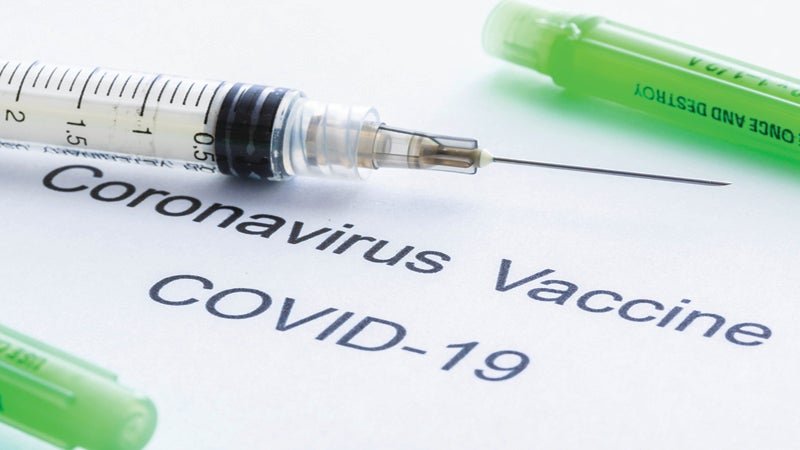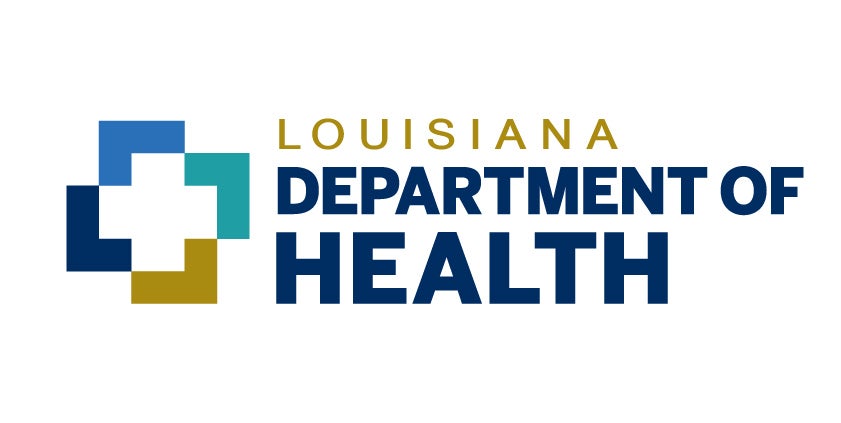Richard: November is American Diabetes Month
Published 12:00 am Wednesday, November 13, 2019

- Katie RIchard
Diabetes affects approximately 30.3 million Americans—about one in every 10 people. It is caused when the pancreas makes little or no insulin or the body becomes resistant to the effects of insulin. Whether diagnosed with type 1 or type 2 diabetes, most people know how to manage the disease. But families and friends should also be aware of risks, warning signs and ways to help them live healthily.
Type 1 or Type 2 diabetes—
Type 1 occurs when a person’s body stops producing insulin. They must take insulin daily by injections or pump. It can develop at any age but is typically diagnosed in children and young adults.
Type 2, the most common type, results from the pancreas not making enough insulin or the body not absorbing it properly. While typically occurring in older adults, as obesity rates increase, it’s becoming more common in children and young adults.
Women sometimes develop gestational diabetes during the end of pregnancy. In most cases, their insulin production typically returns to normal levels after pregnancy.
More than one in three adults have pre-diabetes and may be unaware. If diagnosed early, they can often prevent or delay the onset of Type 2 diabetes with lifestyle changes. Losing seven percent of body weight and exercising moderately 30 minutes a day, five days a week significantly reduces the risk.
Symptoms and signs—
Risk factors include: Aging; Gender–men are higher risk than women; Family history; Previously diagnosed with high blood pressure; Physical inactivity; Overweight.
Diabetes is more common in African Americans, Hispanics and Latinos, Native Americans, Asian Americans, Native Hawaiians and Pacific Islanders.
Signs or symptoms of diabetes are: Increased thirst or hunger; Fatigue; Increased urination, especially at night; Weight loss; Blurred vision; Sores that don’t heal.
Helping loved ones—
You can help family members or friends by educating yourself about the disease.
Myth: The Diabetic Diet
There is no “diabetic diet.” Some people may follow low-carb diets but can still eat potatoes, pasta, rice and other high-carb foods in moderation. Overweight patients are advised to lose weight to lower blood sugar levels.
Myth: Sugar free Is Better
Sugar free may not be as healthy as foods with sugar. Nutritionists recommend that patients limit their intake of processed foods and eat fresh vegetable and fruits, lean meats, fish and low-dairy products.
Myth: People with Diabetes Shouldn’t Eat Sugar
A healthy eating plan can include sweets, as long as portions and splurges are limited. Monitor your blood sugar after indulging.
Myth: No Alcohol
Moderation is key. A rule of thumb is one alcoholic beverage daily for women and two for men. Patients should always discuss alcohol consumption with their doctors.
Lowering and raising blood sugar levels—
Low blood sugar–or hypoglycemia–occurs when the blood sugar falls below 70 mg/dL (milligrams per deciliter). Signs and symptoms include: Shaky or dizziness; Nervousness or anxiety; Sweating, chills or clamminess; Irritability or impatience; Confusion or lack of coordination; Rapid heartbeat; Nausea; Paleness; Feeling weak or sleepy; Blurred vision; Tingling or numbness in lips, tongues or cheeks; Headache.
If someone shows these signs, help them follow the 15-15 rule—immediately consume 15 grams of carbohydrates and check the blood sugar in 15 minutes. Quick snacks for raising blood sugar include glucose tablets; four ounces of juice or soda (not diet); one tablespoon of sugar, honey, or corn syrup; hard candies, jellybeans or gumdrops.
High blood sugar (hyperglycemia) occurs when the body has too little insulin or isn’t using it properly. A person can lower high blood sugar by increasing their insulin, exercising or adjusting their food.
Left untreated, high blood sugar can result in ketoacidosis (diabetic coma). With symptoms such as shortness of breath, breath that smells fruity, nausea and vomiting, and dry mouth, it can be life threatening. Call 911 immediately.
Available resources
Thibodaux Regional offers a Diabetes Self-Management program that provides education and resources for managing the disease. In recognition of National Diabetes Month, the Thibodaux Regional Wellness Education Center will hold a free screening and education event from 9 a.m. until noon on Thursday, Nov. 14 in the Wellness Center Lobby. In addition to glucose screenings, the event will feature a short presentation by Dr. Lane Frey, Endocrinologist, and a cooking demo by Rebecca Roussell, Registered Dietitian. For more information, call 985.493.4765. For additional information and resources on diabetes visit the American Diabetes Association’s website, diabetes.org.
Katie Richard, MA, BSN, RN, is education and training coordinator for Thibodaux Regional Medical Center.





